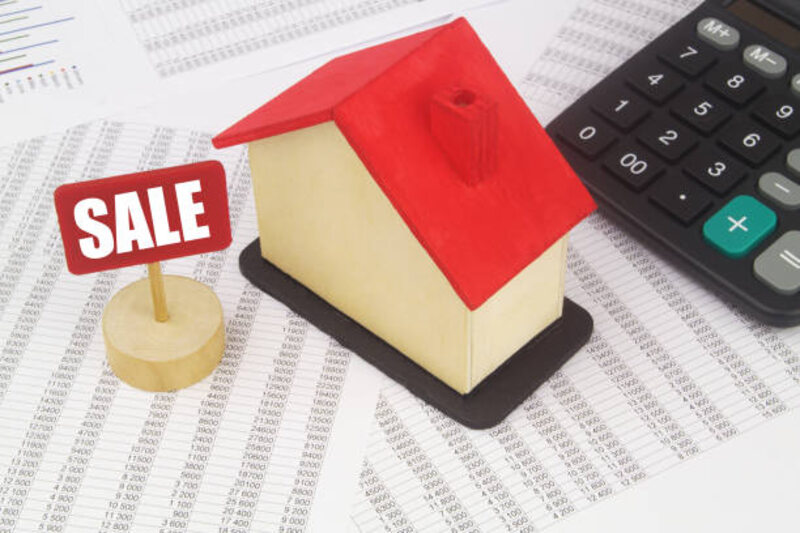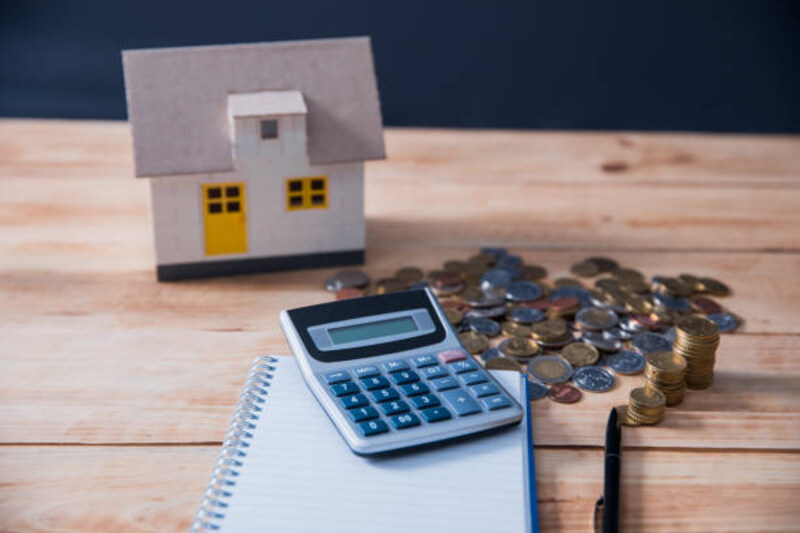Cap Rate Calculation for Rental Real Estate: A Step-by-Step Guide
Dec 19, 2023 By Susan Kelly
Investing in rental real estate can be a lucrative venture, but it's crucial to have a solid understanding of key financial metrics to make informed decisions. One such metric is the Capitalization Rate, commonly known as Cap Rate. In this comprehensive guide, we'll walk you through the step-by-step process of calculating Cap Rate, offering insights into its significance and how it can be a valuable tool for real estate investors.
Understanding Cap Rate:
Step 1: Calculate Net Operating Income (NOI):
The first step in determining the Cap Rate is to calculate the Net Operating Income. The formula for NOI is:
NOI=Gross Rental Income−Operating Expenses
Step 2: Determine the Property's Market Value or Acquisition Cost:
Next, you need to determine the property's current market value or acquisition cost. This can be the purchase price if you are acquiring the property, or the estimated market value if you already own it. This figure is crucial for the Cap Rate calculation, as it represents the total investment in the property.
Step 3: Calculate Cap Rate:
With NOI and the property's market value or acquisition cost in hand, you can now calculate the Cap Rate using the formula:
Cap Rate=(NOI/Market Value or Acquisition Cost)×100
Step 4: Interpreting the Cap Rate:
Once you've calculated the Cap Rate, it's important to interpret the results in the context of your investment goals and risk tolerance. A higher Cap Rate might be attractive for investors seeking higher returns, but it could also come with increased risk. On the other hand, a lower Cap Rate may indicate a safer investment with potentially lower returns. Understanding your financial objectives and risk appetite will guide you in selecting properties that align with your investment strategy.
Step 5: Real-World Application:
To illustrate the practical application of Cap Rate, let's consider an example. Suppose you have a rental property with a Gross Rental Income of $100,000 per year and operating expenses totaling $30,000. The resulting NOI is $70,000. If the property was acquired for $1,000,000, the Cap Rate would be calculated as follows:
Cap Rate=($1,000,000/$70,000)×100=7%
This Cap Rate indicates that the property generates a 7% return on investment based on its current income and cost. By comparing this Cap Rate with those of other potential investments, you can make informed decisions on where to allocate your resources.
Step 6: Monitoring and Adjusting:
Cap Rates are not static and can change over time due to fluctuations in rental income, operating expenses, or property values. Regularly monitoring your property's performance and adjusting your calculations accordingly allows you to adapt to market changes and make strategic decisions to optimize your investment portfolio.
Step 7: Evaluating Market Trends:
Understanding the broader market trends is essential for putting your Cap Rate calculations into perspective. Keep a close eye on the local real estate market to identify potential shifts in supply and demand, rental rates, and property values. Market dynamics can significantly impact your property's performance and influence your Cap Rate over time. Staying informed about macroeconomic factors and emerging trends allows you to make proactive decisions and adjust your investment strategy accordingly.
Step 8: Incorporating Financing Considerations:

While Cap Rate provides a snapshot of a property's profitability, it doesn't account for financing. Investors often use leverage through mortgages to fund real estate purchases. Incorporating financing costs into your analysis provides a more accurate picture of your return on investment. Consider factors such as interest rates, loan terms, and down payment requirements when assessing the overall financial viability of a property.
Step 9: Stress Testing Your Investment:
Cap Rate calculations can be a powerful tool for stress testing your investment against potential challenges. Evaluate how changes in rental income, operating expenses, or interest rates could impact your Cap Rate. This exercise helps you identify potential risks and develop contingency plans, ensuring that your investment remains resilient in varying market conditions.
Step 10: Seeking Professional Advice:
Real estate investment involves a complex web of financial, legal, and market intricacies. Seeking advice from real estate professionals, financial advisors, and legal experts can provide valuable insights and help you navigate potential pitfalls. Collaborating with a team of professionals ensures that you make well-informed decisions and enhances the overall success of your real estate investment endeavors.
Step 11: Continuous Learning and Adaptation:
The real estate market is dynamic, and successful investors embrace a mindset of continuous learning and adaptation. Stay updated on industry trends, attend seminars and workshops, and network with fellow investors. A proactive approach to expanding your knowledge base ensures that you remain agile in the face of evolving market conditions, ultimately contributing to your long-term success as a real estate investor.
Significance of Cap Rate:
Investors often use Cap Rate as a quick screening tool to assess the profitability of a property and compare different investment opportunities. It's important to note that Cap Rate is just one factor to consider, and investors should evaluate other aspects such as location, market trends, and property condition.
Considerations and Limitations:

While Cap Rate is a valuable tool, it has its limitations. It does not account for financing or potential changes in property value over time. Therefore, it should be used in conjunction with other metrics to make well-informed investment decisions.
Conclusion
Mastering the calculation of Cap Rate is an essential skill for any real estate investor. By understanding the steps involved and the significance of this metric, you can make more informed investment decisions and build a profitable real estate portfolio. As with any financial metric, it's crucial to stay informed about market trends, conduct thorough due diligence, and seek professional advice when needed. Armed with the knowledge of Cap Rate, you can navigate the complexities of the real estate market with confidence and strategic foresight.

Susan Kelly Oct 21, 2023
Identifying and Steering Clear of Faulty Products
51781

Susan Kelly Sep 29, 2022
Mark-To-Market Losses
36587

Triston Martin Jan 14, 2023
How Does 0% APR Work?
52707

Triston Martin Nov 05, 2023
The Ultimate List of Largest Mortgage Lenders in the US
90802

Susan Kelly Nov 29, 2023
Your Comprehensive Guide to Choosing the Best Auto Insurance Provider
27591

Triston Martin Apr 10, 2023
Top Tech Stocks for Dividends
72687

Susan Kelly Dec 19, 2023
Cap Rate Calculation for Rental Real Estate: A Step-by-Step Guide
84509

Susan Kelly Oct 21, 2023
Breaking Down Autonomous Consumption in Economic Terms
1080